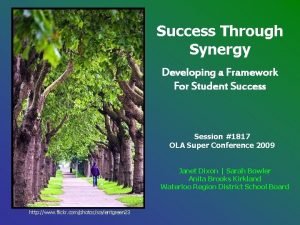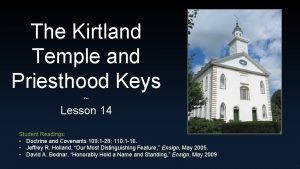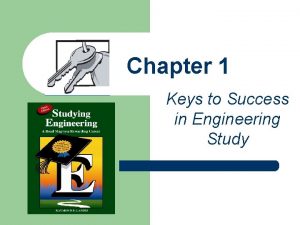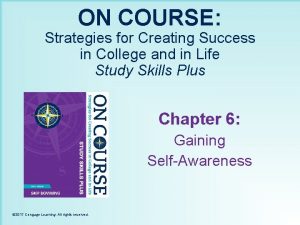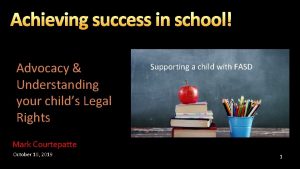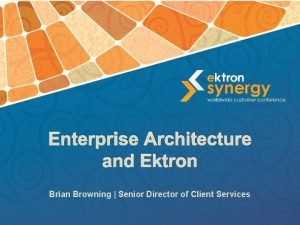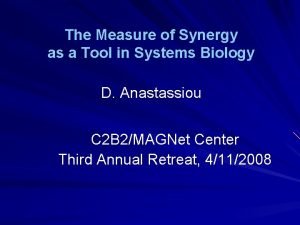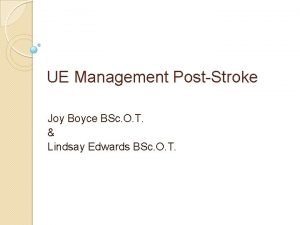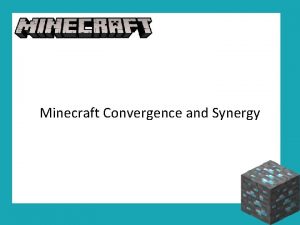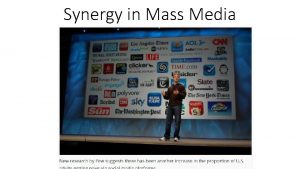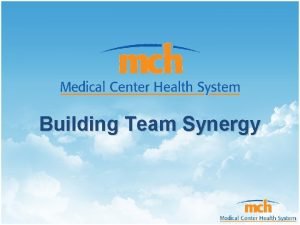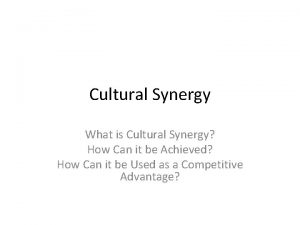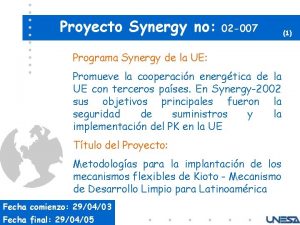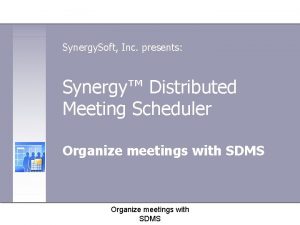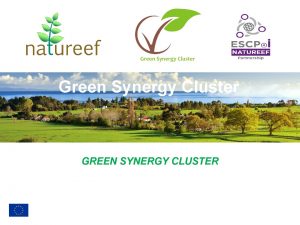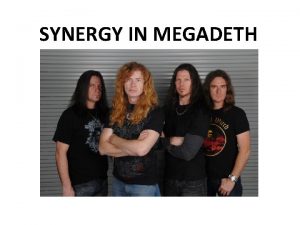Session 8 Keys to Success Creating Synergy in













- Slides: 13

Session 8: Keys to Success: Creating Synergy in All Components of Surface Transportation Weather Applications Where the Weather Meets the Road: Reflections, Synthesis and Editorial Comments John T. Snow The University of Oklahoma

Road Weather As An Interdisciplinary Endeavor • An interface problem working at a boundary – On the physical side – between the atmosphere and the surface – On the human side – at the edge of several traditional disciplines • Pushing the boundaries in several areas of science, engineering, and technology

• Need More Innovation In Sensing Systems Snow, ice, rime, frost – presence and accumulation • Blowing, drifting snow (also dust, smoke, clouds of insects) • Night, dusk and dawn • The video camera as a present weather sensor and platform for other instruments – Opportunity to leverage large public investment

Plan for Worst Case • Life safety issue • A robust system is essential service when it is really needed; tied to credibility – Most needed in worst case situations – Power, comms, servers, C&C “weather proof” – Argues for a decentralized, distributed system with lots of backup, redundancy • Adaptive to the weather, traffic situation

Legal Issues • Need model legislation package for states, federal government that promotes sharing of data, and addresses directly liability questions • Are there legal impediments that hinder transition to operations; private sector involvement?

Road Weather Observing Systems In Context 1 • Integral part of a regional 4 -D meso- and micro (urban)-scale environmental monitoring system – Overlap with other federal programs (e. g. , NIDIS) • Not a Federal system, but rather a National one composite of regional/state/local contributions by government, private sector • Key federal roles: – Setting standards to guarantee seamless of date/metadata and comms compatibility, interoperability – Facilitating the leveraging of resources of many partners

Road Weather Observing Systems In Context 2 • Need several regional scale test beds – Important step in transition from R&D to operations proving ground for science, for technology, and for delivery vehicles – Demonstrate effectiveness, seamlessness – Large enough and with a life-time long enough to attract private sector, but not so large as to be unmanageable

The Chisholm Network: A Prototype Regional Scale Environmental Monitoring System 0 km ~100 0 km 0 5 1 ~ Major Cities Included: Dallas-Ft. Worth; Houston; Austin; Oklahoma City; Amarillo; Lubbock; San Antonio; Corpus Christi; Shreveport; Tulsa; New Orleans; Mobile; Little Rock; Jackson; . . . .

National Demonstration Corridors • To demonstrate effectiveness of road weather improvements, facilitate nationwide implementation of research results, and provide a seamless stream of road weather information to users and developers • One running northsouth (e. g. , I-35) • One running east-west (e. g. , I-80)

Movement to Operations “Demonstrate value, leave it to the field” • Regional Research Centers – To develop new technologies, foster technology implementation on regional roadways, and facilitate interaction between governments, the private sector, and academia – Should bring together weather and transportation researchers, and practitioners/service providers in the public and private sectors

Communicating To Users • Social/Psychological/Behavioral Issues – A “last mile” problem: (technology – solvable; response --? ? ? – May be THE central issue, since will control “demand” for services an issue in common with many other information delivery services – Complicated by the diversity of the audience: e. g. , drivers, operators, dispatchers, dontrollers very different sets of customers • Development of “credibility” is one step perception is reality – Accuracy + recent successes (what have you done for me today? ) – Timeliness (latency in link from “obs” to “service” in second, not minutes) • A Test


John T. Snow Dean, College of Atmospheric and Geographic Sciences The University of Oklahoma c/o National Weather Center, Suite 1100 120 David L. Boren Blvd. Norman, Oklahoma 73072 jsnow@ou. edu T: 405 -325 -3095 F: 405 -325 -3072
 Success through synergy
Success through synergy Doctrine and covenants 110:1-10
Doctrine and covenants 110:1-10 Keys to content writing
Keys to content writing Seven keys to success ibm
Seven keys to success ibm Three keys to success in engineering study
Three keys to success in engineering study On course strategies for creating success in college
On course strategies for creating success in college Inner critic inner defender inner guide
Inner critic inner defender inner guide Your child's success or lack of success
Your child's success or lack of success Your child's success or lack of success
Your child's success or lack of success Ektron discovery phase
Ektron discovery phase Cross media synergy
Cross media synergy Synergy definition biology
Synergy definition biology Joy boyce
Joy boyce Synergy cusdk8
Synergy cusdk8
